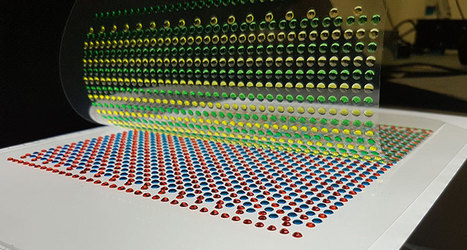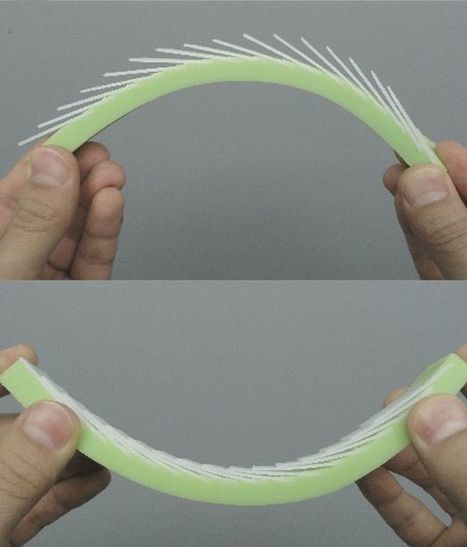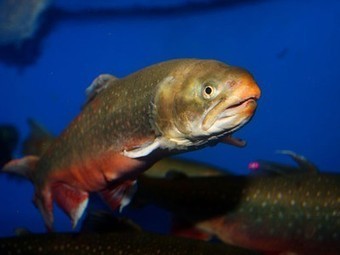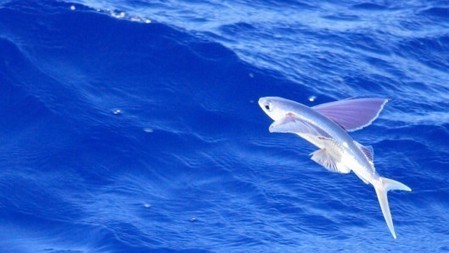"New power sources bear a shocking resemblance to the electricity-making organs inside electric eels. These artificial electric eel organs are made up of water-based polymer mixes called hydrogels. Such soft, flexible battery-like devices, described online October 13 in Nature, could power soft robots or next-gen wearable and implantable tech."
Get Started for FREE
Sign up with Facebook Sign up with X
I don't have a Facebook or a X account
 Your new post is loading... Your new post is loading...
 Your new post is loading... Your new post is loading...
Yves Bonis's curator insight,
February 27, 2015 4:08 AM
Très inspirant... d'autant qu'on doit pouvoir en faire autre chose que des armures. Allons au-delà du simple fac simile des fonctions du vivant et je crois que nous pourrons nous inclure correctement dans l'avenir du monde. |

Maricarmen Husson's curator insight,
June 11, 2015 5:35 PM
*A partir de abril de 2011, la Unión Europea CoCoRo (Colectivo Cognitive Robots) consorcio de investigación ha desarrollado tres variedades de robots submarinos autónomos que hacen escuela juntos como peces. De esta manera, los pequeños robots pueden compartir y aprender de "conocimiento" cada otros de su entorno, actuando como un sistema cognitivo colectivo que es más inteligente que cualquiera de sus partes individuales. Los robots se comunican entre sí a través de una función de intermitente LED, utilizando la electrónica de a bordo, como los sistemas de visión por ordenador, brújulas y acelerómetros para encontrar su camino alrededor de los ambientes acuáticos. Utilizando un algoritmo inspirado en el comportamiento de la agrupación de las abejas (no pescados!), Pueden buscar a otros de su especie y luego asentarse juntos alrededor de una ubicación de la base central, tomando conciencia del creciente tamaño de su grupo a medida que lleguen más robots. Entonces pueden dejar ese grupo para ir por sus propias misiones, posteriormente, volver a compartir sus hallazgos con el grupo. En un experimento, grupos de dos tipos de los robots - "Jeff" robots y robots "Lirio" - se pusieron en una piscina para localizar un avión estrellado simulado (en realidad un grupo de imanes, que se utiliza para simular campo electro-magnético del avión) . Mientras que los robots Lily patrullaban la superficie, el Jeffs fue más profundo. Una vez que uno de los robots Jeff situados los imanes, lo que solía sus LEDs para indicar la otra Jeffs, que respondió mediante la recopilación de alrededor de ella sobre el "restos". Los robots Lily observaron este comportamiento desde arriba, y respondieron formando un racimo en la superficie en la misma ubicación. Los robots también se han probado en el océano abierto en Italia, donde, según informes, fueron capaces de agruparse y patrullar a pesar de las olas, las corrientes y el agua salada corrosiva. Aunque el proyecto CoCoRo concluyó en septiembre pasado, los investigadores apenas están empezando a conocer los resultados. Se espera que la tecnología podría finalmente encontrar su camino en los robots acuáticos escolares autónomos utilizados para el monitoreo ecológico, reconocimiento, u otras aplicaciones.
Algunos de los robots puede verse en acción, en el vídeo a continuación. |




























